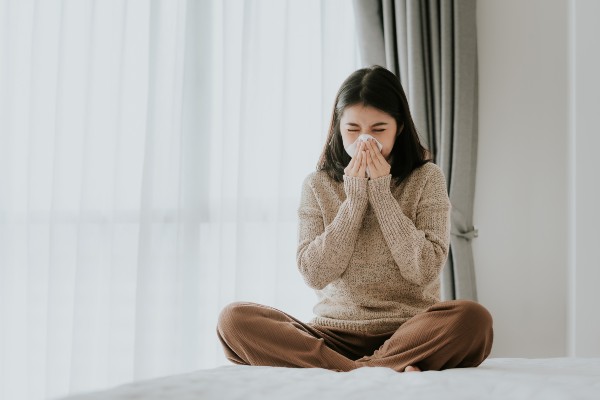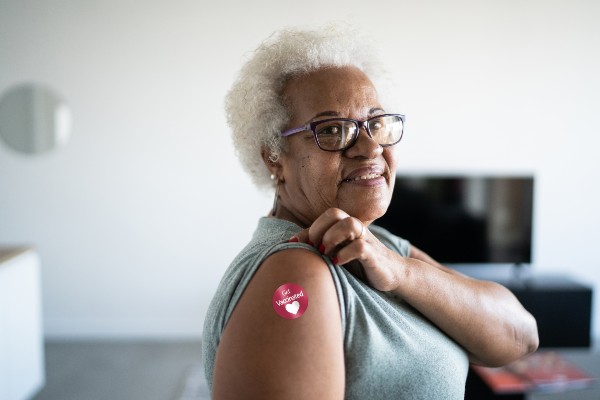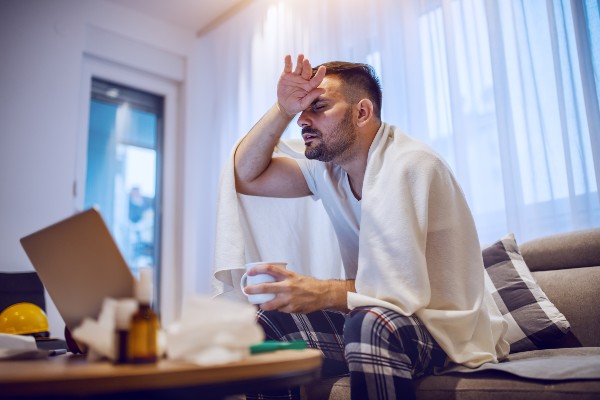Since the earliest news of the coronavirus disease 2019 – or COVID-19 – it’s been clear that older adults and people with underlying health conditions are most at risk for serious complications.
But that doesn’t mean younger adults are immune to the virus.
A March 18, 2020, COVID-19 analysis from the U.S. Centers for Disease Control and Prevention found:
- People between the ages of 20 and 44 accounted for nearly a third of confirmed cases in the U.S.
- Over half of all U.S. adults who had been sick enough to be hospitalized were under age 65.
“With some exceptions, younger people infected with COVID-19 tend to fare better than older adults,” says Rebekah Sensenig, D.O., physician specialist in infectious disease at Riverside Health. “Regardless, it’s important to remember the role you can play in keeping others safe.”
Protect others and yourself
Everyone is being urged to stay home and practice social distancing and many states have issued stay-at-home orders. Being forced to stay home can be disruptive to our lives — especially for people who love to be “on the go.”
While it may be tempting to gather with friends or continue with planned vacations, experts say it’s best to stay home.
“For many younger adults, COVID-19 symptoms are minor,” says Dr. Sensenig. “Fevers can run so low that they are easily ignored. No matter how severe your symptoms are — and even if you experience no symptoms at all — you can still carry COVID-19 and infect others.”
Do your part to flatten the curve
Slowing the spread — flattening the curve — of COVID-19 is important. If the number of cases climbs too fast, hospitals and health systems won’t be able to keep up.
Standard disease-prevention measures can go a long way to keeping you and others healthy. The CDC recommends the following:
- Cover coughs and sneezes. Cough or sneeze into a tissue or the inside of your elbow.
- Keep your hands clean. The CDC recommends you wash with soap and warm water for at least 20 seconds. Use an alcohol-based hand sanitizer with at least 60 percent alcohol if soap and water aren’t available.
- Practice social distancing. Avoid crowds and put at least 6 feet between you and others when you must go out into your community.
- Stay home if you are sick. Though COVID-19 continues to spread, many people who get sick right now will have a common cold, the flu or seasonal allergies. Symptoms of these conditions have some overlap. As a general rule, if you aren’t feeling well, it’s best to stay home. Learn how to tell the difference between COVID-19 and other respiratory conditions.
The bottom line
COVID-19 has forced us to make significant changes to the way we live. The good thing is, these changes are temporary and manageable. Check out additional tips for keeping busy at home and reducing stress and anxiety:



